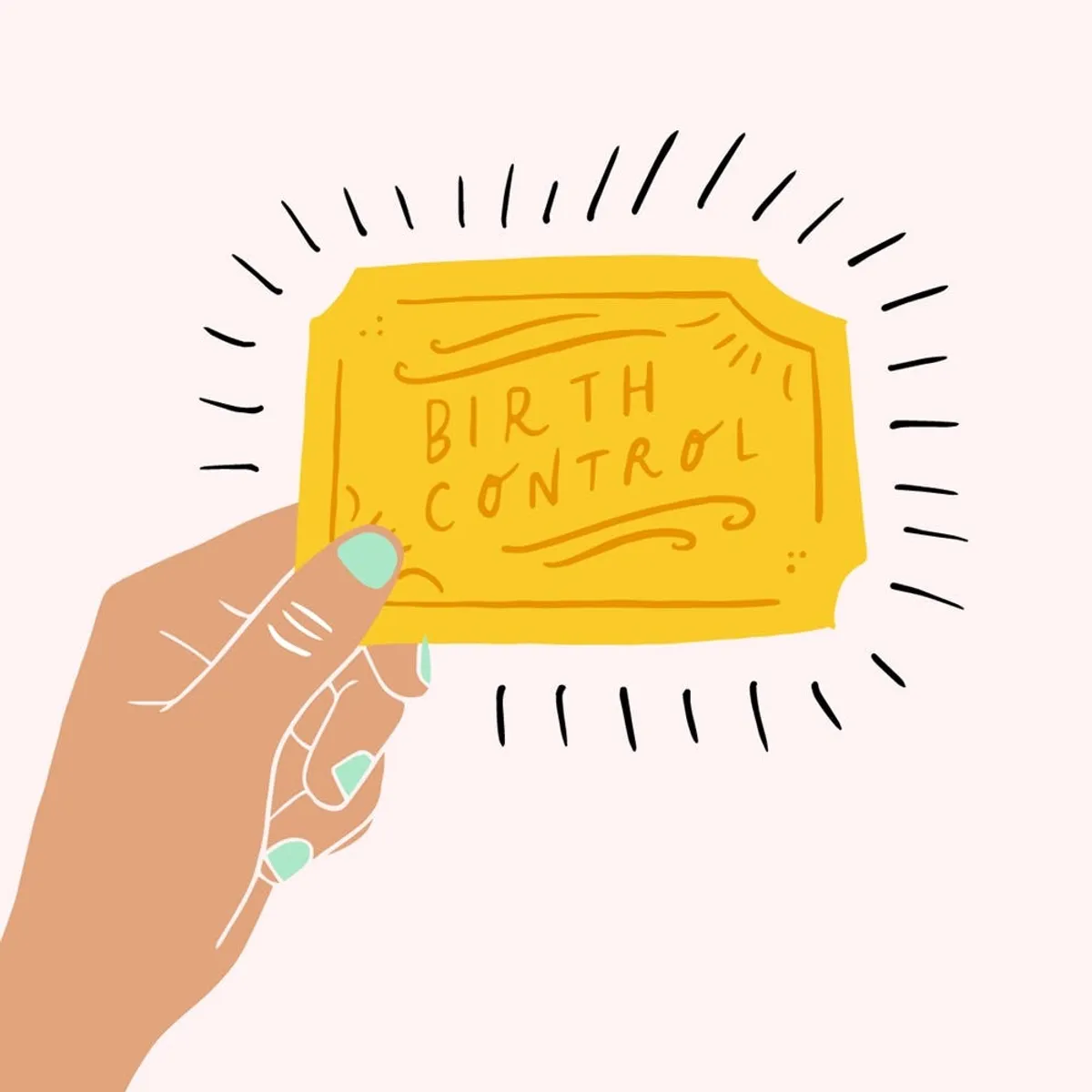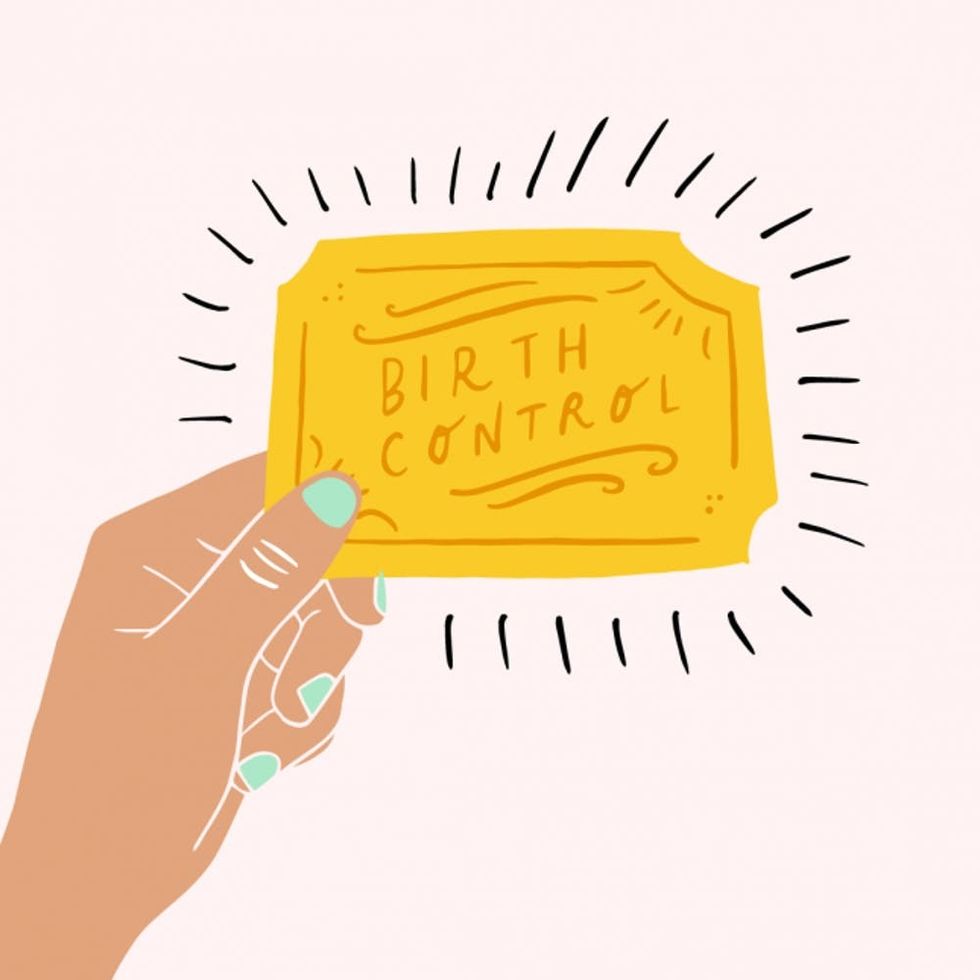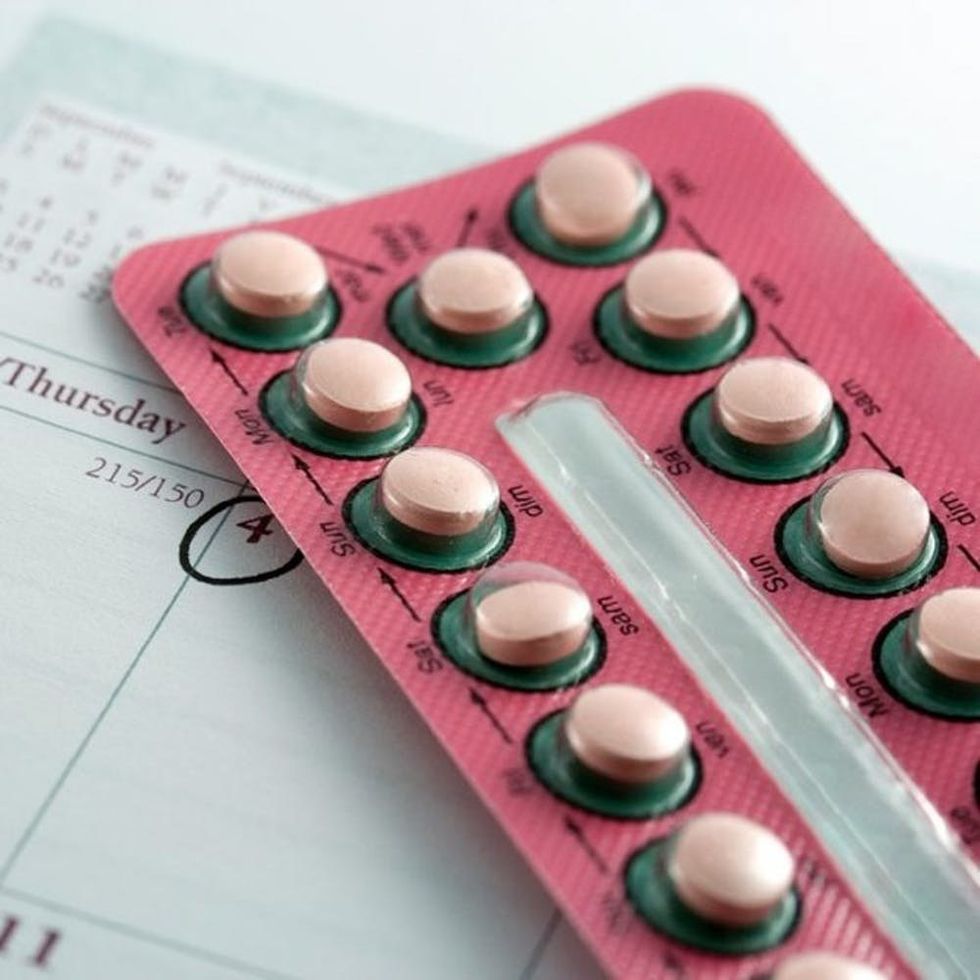Our assumption that it’s women’s obligation to prevent pregnancy has yielded the current lack of male birth control options.
The Journey Toward a Male Birth Control Pill Is Rooted in Sexual Inequality

Last month, researchers at Eppin Pharma reached a breakthrough in an experiment with male birth control treatment. A compound called EP055 was tested on male monkeys and found to drastically reduce sperm mobility, which makes it highly effective in preventing pregnancy when administered in high doses. What’s more, the drug reportedly lacks the side effects that go hand-in-hand with most female birth control — in fact, researchers found no negative side effects, period. Scientists are now in the process of developing a pill to test on humans.
A team of female researchers at the University of Minnesota have been conducting similar research, using a plant-derived compound called Ouabain to immobilize sperm, and they’re also currently working on developing a pill. Clinical trial and FDA approval could be achieved in as few as five years, but according to CBS Minnesota, a medicinal historian at the university said earlier this month that “because the drug industry already has effective options for women, it’s underestimated interest in a pill for men.” In other words, continued research is in the works, but could stagnate due to lack of funding.

We’ve heard all of this before, that male birth control pills aren’t worth producing because we already have birth control pills for women. But this argument is inherently rooted in inequality, as it implies that men bear no responsibility for preventing pregnancy. Lack of male birth control, due to lack of interest from the pharmaceutical industry as well as myriad other factors, reflects the double standards that exist in how we regard male and female sexuality, and how we prioritize the quality of male and female sexual experiences.
And in the vein of double standards, it should speak volumes that the aforementioned experiments with male birth control involve male monkeys as test subjects, when Puerto Rican women and women with disabilities were the primary subjects of experiments with the female birth control pill in the 1960s. There is a serious disparity in the physical discomfort we’re willing to foist unto women — and especially women of color and women with disabilities — but not men, and the different choice of test subjects in male and female birth control is the tip of the iceberg.
Outside of the US, the international community has made commendable progress on male birth control. Earlier this year, a form of safe, reversible and cheap ($10) male birth control that is 98 percent effective reached the marketplace in India. And yet, gendered double standards have always been a part of the equation. In 2016, the World Health Organization helped oversee the development of a 96 percent effective, two-hormone injection treatment for men that made it to trial on humans. But the Stage II trial for the treatment was canceled due to “safety reasons” after an independent review panel determined that it had too many side effects — namely, the side effects prevalent in most female birth control methods, such as nausea, depression, mood instability, effects on libido, acne and more. Many of the 320 men participating in the trial dropped out, according to NPR.

In other words, there is a distinct double standard in terms of the living standards that men and women are allowed to demand, and this is especially true with regard to health care. The aforementioned side effects that were deemed unacceptable for men by a panel of medical experts are the norm for many of the 100 million women who take birth control pills. But these conditions seem to go unquestioned so long as women are the ones experiencing them. EP055 notably comes with no side effects, and yet, minimal interest from pharmaceutical companies may continue to obstruct progress on male birth control, forcing women to continue shouldering the burden of female birth control and its side effects.
None of this should come as a surprise. Research and myriad anecdotal evidence have shown that doctors and health care providers often don’t take women’s pain and experiences seriously, or require them but not male patients to prove their pain. This has helped yield a crisis in prenatal and maternal health care, and in the migraine epidemic that disproportionately affects women. And as far as birth control is concerned, this double standard is part of a greater cultural reality of gendered burdens women face to be sexually active — or simply take care of themselves, as plenty of women take birth control pills for other reasons.
Sexual inequality and punishment of women but not men for having sex isn’t limited to side effects of hormonal birth control. It also exists in the ongoing and myriad political attacks on access to women’s health care, such as contraception and abortion.
President Trump is reportedly slated to defund Planned Parenthood, a women’s health organization that offers birth control and other resources to 2.5 million people annually, while states have enacted more than 1,193 restrictions on abortion since the US legalized the procedure in 1973 — and more than a quarter of these were passed between 2011 and 2016. Research has shown accessible birth control but not restrictions on abortion reduce the rate of the procedure, which should make it fairly obvious the policing of reproductive rights is about punishment and stigmatization rather than public health.
This culture is perpetuated by our understanding of birth control for generations, and our allowing women to experience harmful side effects of birth control deemed “unsafe” for men. Our assumption that it’s women’s obligation to prevent pregnancy has yielded the current lack of male birth control options, and until male birth control becomes a reality, that assumption will remain unchallenged.
(Illustration by Marisa Kumtong/B+C. Photo via Getty)











